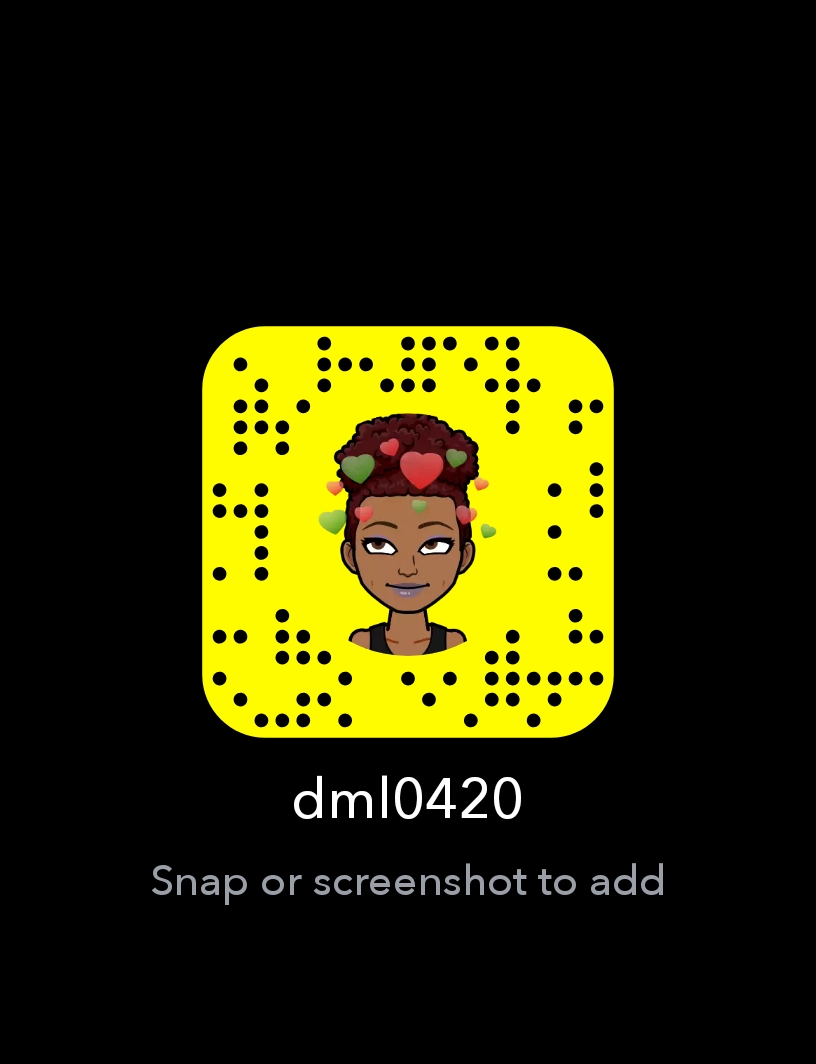Writing
Business Writing
Business writing is memorandums, reports, proposals, emails, and other forms of writing used in organizations to communicate with internal or external audiences. Business writing is a type of professional communication. The main aim of business writing is that it should be understood clearly when read quickly. The message should be well planned, simple, clear, and direct.
Good business writing is conversational. Too much office writing gets into a tangle by moving too far away from the everyday words we use when we’re talking to someone. It’s a good idea to listen to anything you have written. Then ask yourself whether you would have used the same words if you had been explaining it face-to-face or on the phone.
Some key forms of business writing are:

Correspondence: includes email, memos, and letters—essential forms of day to day business communication and is preferred when
- Your message is complicated and detailed
- You and your reader need a written record of the communication
- You have a large and scattered audience
- You do not need immediate feedback
What makes correspondence most effective and productive is the positivity, clarity, organization, and promptness. The purpose is to communicate with individuals or groups to accomplish something. Address a person whenever possible, not just their title or the department they reside in. Open with an informative subject line and stress benefits to the reader. Use “you” when talking positive, avoid “you” when talking negative. When talking about situations, assume a team approach. And include lists, short paragraphs, and headings for easy reading.
Need some of your Business writing edited? Click Here!

Reports: share the information needed for businesses to prosper and is preferred when
- Creating a record for routine and special activities
- Documenting details related to incidents, projects, and studies
- Checking results of work, plans, and production
- Evaluating options and making decisions
The main types of reports are as follows:
- Incident: Examine a situation to determine causes, effects, and solutions
- Periodic: Provide information at regular time intervals so work can be tracked
- Progress: Explain how a project or job is progressing
- Trip: Share the results of activities that happened away from the workplace

Proposals: laying out plans to meet a business’s needs, from developing a new market to solving a problem and to write a great proposal, make sure that you
- Know your audience
- Clarify the benefits
- Sound reliable and credible
- Provide examples of past success stories
- Present an eye-appealing, easy-reading final draft
Effective proposals are carefully planned because they are important pieces of writing, intended to promote a new product, to sell a service, to establish a new business relationship, and so on. Remember to answer the 5W’s and H (Who? What? When? Where? Why? And How?)

Instructions: provide the how-to documents that help a business and its clients carry out their work. Write your instructions indirect, active sentences. In instructions, use precise command verbs that the reader will understand. Effective instructions are
- Clear
- Complete
- Chronological
- Current



